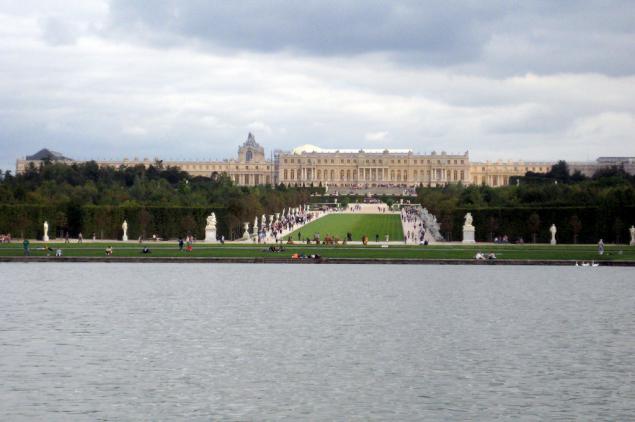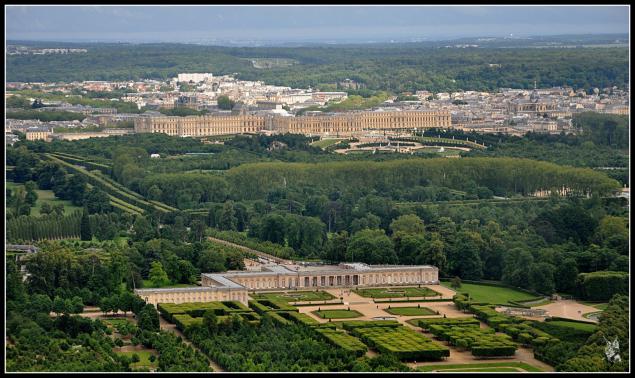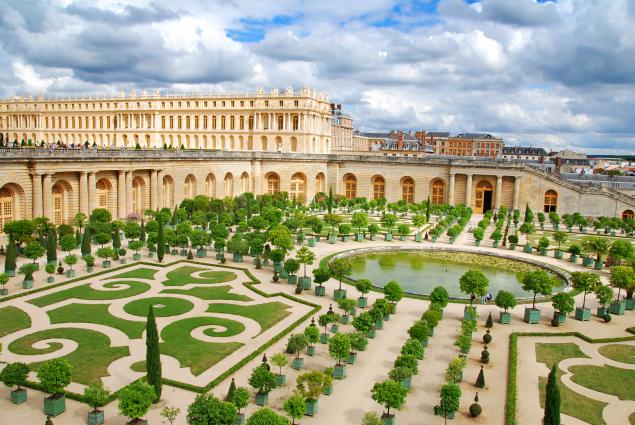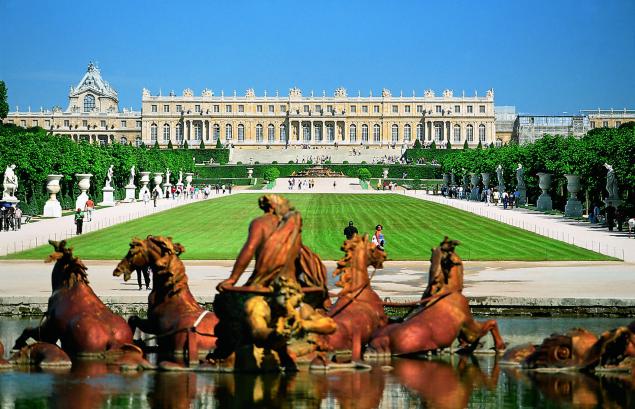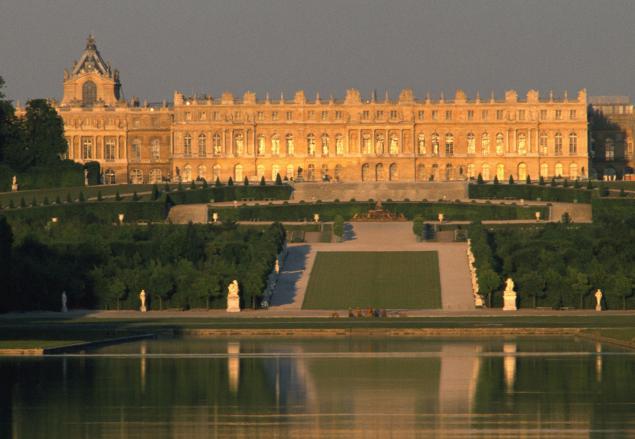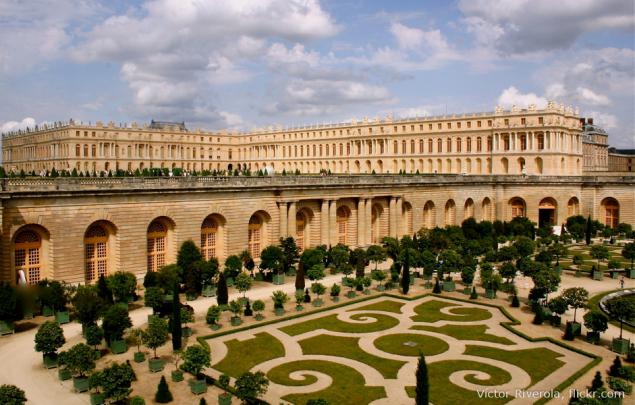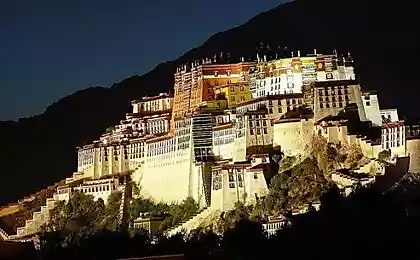1464
Visit to the Palace of Versailles

According to legend, when King Louis XIV was five years old, he, strolling through the picturesque Tuileries Garden, looked into the puddle. It reflected the sun.
I'm the sun! I am the sun! the boy cried cheerfully. Since then, it has been called the Sun King. Even in his youth, the monarch dreamed of something big, irreproachable, one that would strike the whole of Europe - better than the Louvre, Vincent and Fontainebleau combined.
A half-life span of 50 years was needed by Louis XIV to implement this ambitious plan. Subsequently, his successor supplemented this place with the Little Trianon, and Louis XVI, executed by guillotine, with a park and a village with a dairy farm.
The place for the construction of a new palace, the young king chose a small village southwest of Paris, in which his father, Louis XIII, built a modest but cozy hunting pavilion. Subsequently, in this place, among the forest, a castle grew - of stone, brick and roofing slate.
The “Sun King” turned it into the largest palace in Europe, where they could accommodate at the same time, not much – 20 thousand people! Ten years later, a luxurious park appeared in the provincial Versailles, unique fountains and the flirtatious “chirps” of court ladies sounded. The interior decoration was entrusted to the painter Charlevi Lebrun, and the design of the gardens was entrusted to Andre Lenotre.
The entire facade of the Palace of Versailles from the garden side is occupied by the luxurious Mirror Gallery, or Gallery of Louis XIV. The north wing of the palace houses the King’s Large Apartments, divided into seven salons. In the south, the chambers of the first ladies. The main entrance is through the gate of a cast iron, decorated with gold grille, which is crowned by the royal coat of arms and crown.




